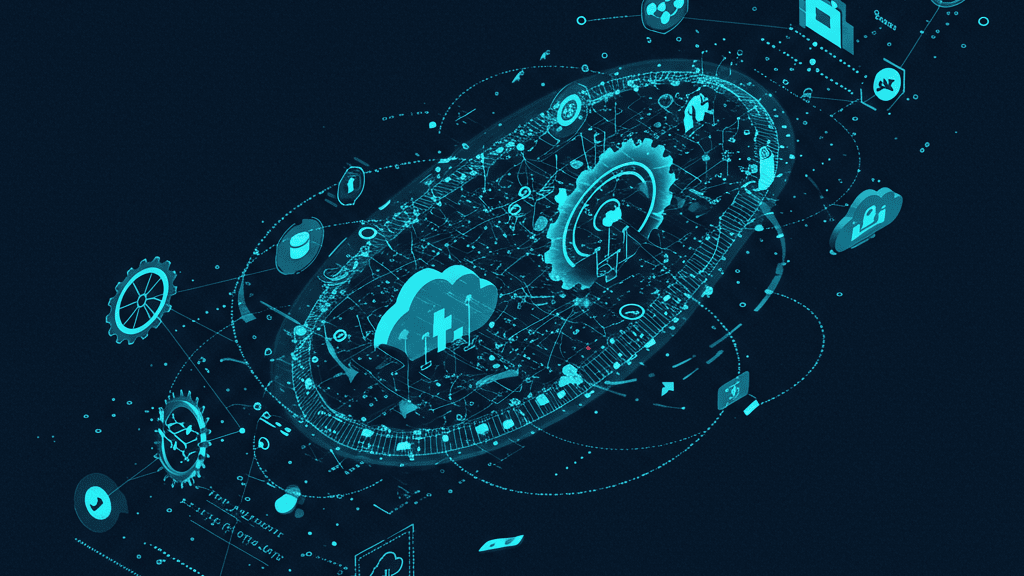
Introduction
As the SaaS market grows rapidly and competition increases, so do the requirements for efficient processes such as onboarding, subscription management and payment automation. For many companies, this means that traditional onboarding cycles of several days or weeks are too long and cost-intensive. In the B2B sector in particular, a fast, smooth start is crucial to winning and retaining customers in the long term. A model that shortened onboarding by an impressive 95% while scaling to 220 customers shows how SaaS providers can minimize their churn rate and maximize their revenue optimization with innovative solutions. In the following article, we look at current market trends, challenges and proven strategies to help SaaS companies grow.
Current market development in SaaS onboarding and billing automation
The digitalization and automation of business processes is a must for SaaS providers today. According to a recent study by SaaStr companies spend up to 30% of their resources on onboarding new customers. At the same time, today's customers expect a seamless, fast and intuitive user experience. Subscription management is becoming more complex as different pricing models, individual contract terms and international payment options need to be taken into account. Billing automation is therefore not only a means of increasing efficiency, but also of improving the customer experience and minimizing the churn rate. Companies that automate their payment processes and customer integration achieve an average increase in turnover of 15 to 25% per year.
Challenges for SaaS companies
Many SaaS providers struggle with long, manual onboarding processes that delay customer onboarding and tie up resources. A lack of integration between subscription management and payment automation leads to errors and inconsistencies, which in turn affects customer satisfaction. The administrative effort grows exponentially, especially as the number of customers increases, which makes scaling more difficult. In addition, complex compliance requirements and different local payment methods have an inhibiting effect on expansion. A high churn rate is often caused by frustration during onboarding or inflexible payment terms that do not cater to individual customer needs.
Innovative solutions and best practices
The B2B SaaS platform mentioned above has shown how these challenges can be solved with targeted measures. The key was end-to-end automation of onboarding, which reduced the process from several days to just a few minutes. This was achieved through a combination of self-explanatory user interfaces, automated data validation and integrated payment setup. Subscription management was fully automated, including flexible tariff models and real-time reporting. Seamless payment automation has improved revenue optimization and reduced the churn rate by over 20%. APIs were also provided for easy integration with existing CRM and ERP systems, enabling scalability to over 220 customers. Another success factor was the consistent use of data analysis to optimize customer loyalty and up-selling potential.
Outlook for the future: What's next?
The next steps in the development of SaaS onboarding and billing automation are aimed at even greater personalization and AI-supported processes. Predictive analytics make it possible to forecast purchasing behavior and proactively respond to customer needs. Self-service portals with extended functions are also gaining in importance in order to offer customers maximum flexibility. Compliance and international payment standards will be easier to manage in future thanks to automated adjustments. Companies that focus on these trends at an early stage will secure a decisive competitive advantage in customer acquisition and revenue optimization.
Recommendations for action
- Automate onboarding with clear, intuitive workflows to minimize customer time to use.
- Seamlessly integrate subscription management and payment automation to avoid errors and speed up processes.
- Use data analyses to specifically reduce the churn rate and identify up-selling opportunities.
- Rely on flexible, scalable systems that can be easily adapted to individual customer requirements.
- Observe international compliance and payment requirements through automated adjustments.
Conclusion
SaaS companies that consistently automate and optimize their onboarding and payment processes lay the foundation for sustainable growth and strong customer loyalty. The drastic reduction of onboarding time by 95% is not an unattainable goal, but a real competitive advantage that is reflected in a significant increase in the number of customers and revenue optimization. Use the best practices and recommendations presented to take your subscription management and billing automation to the next level. Start implementation now and ensure efficient scaling and satisfied customers.